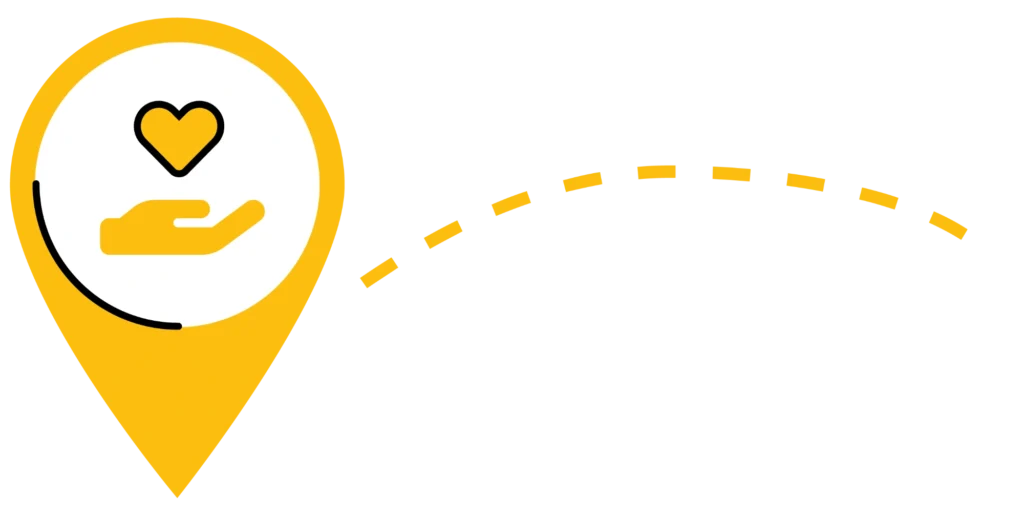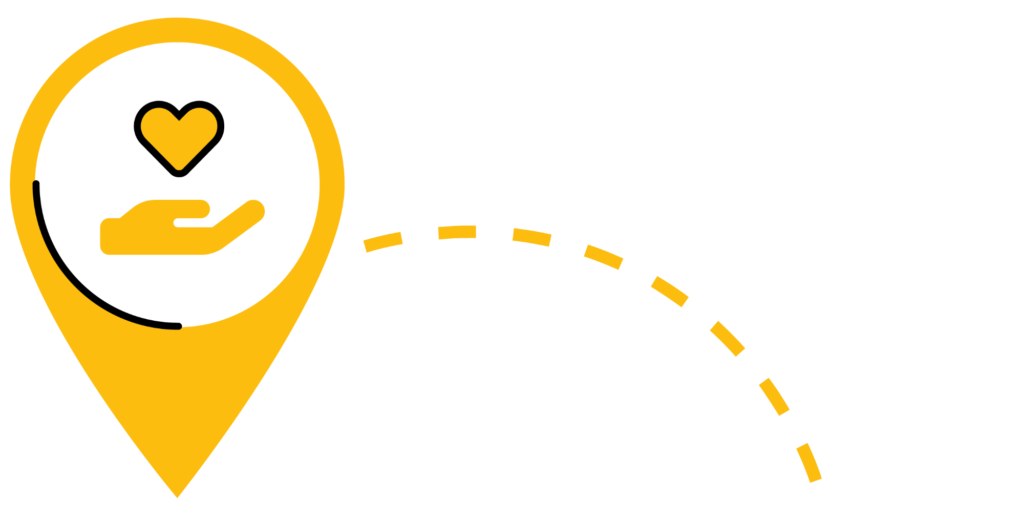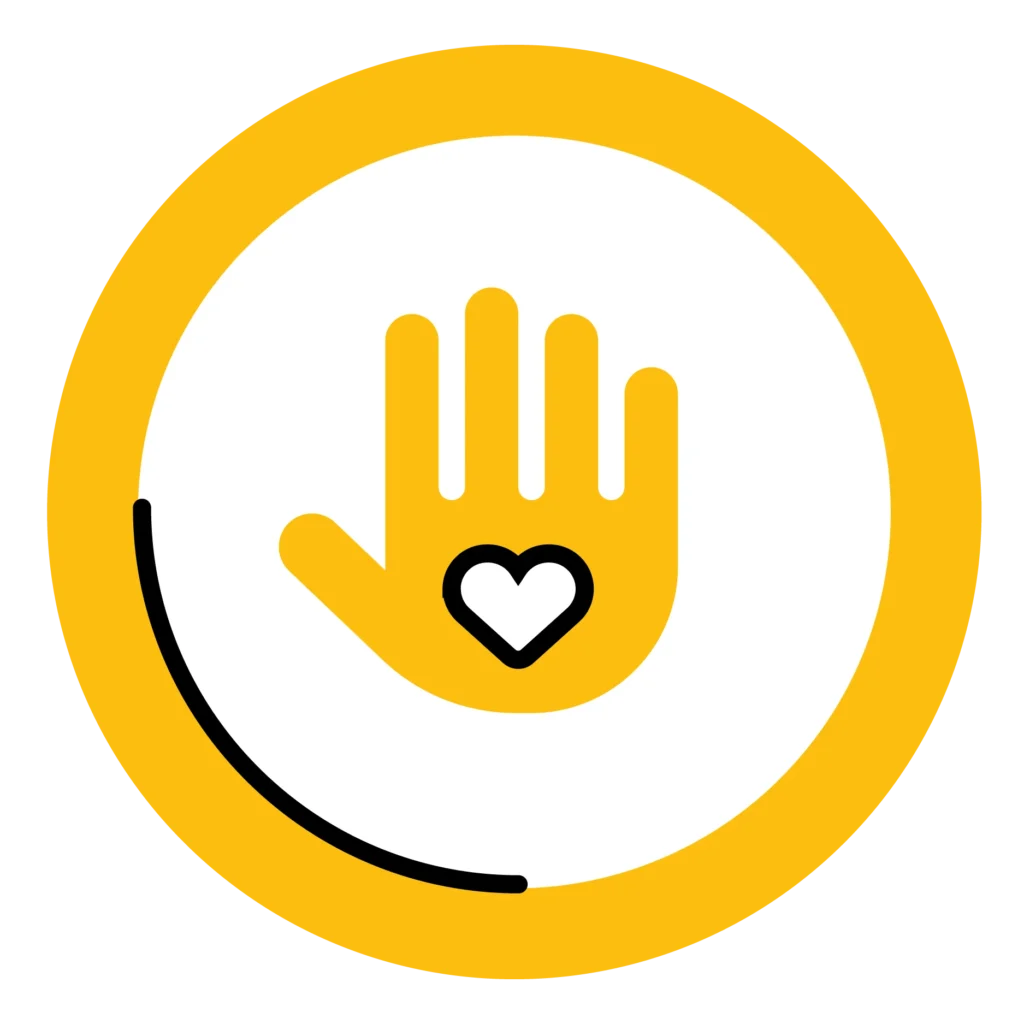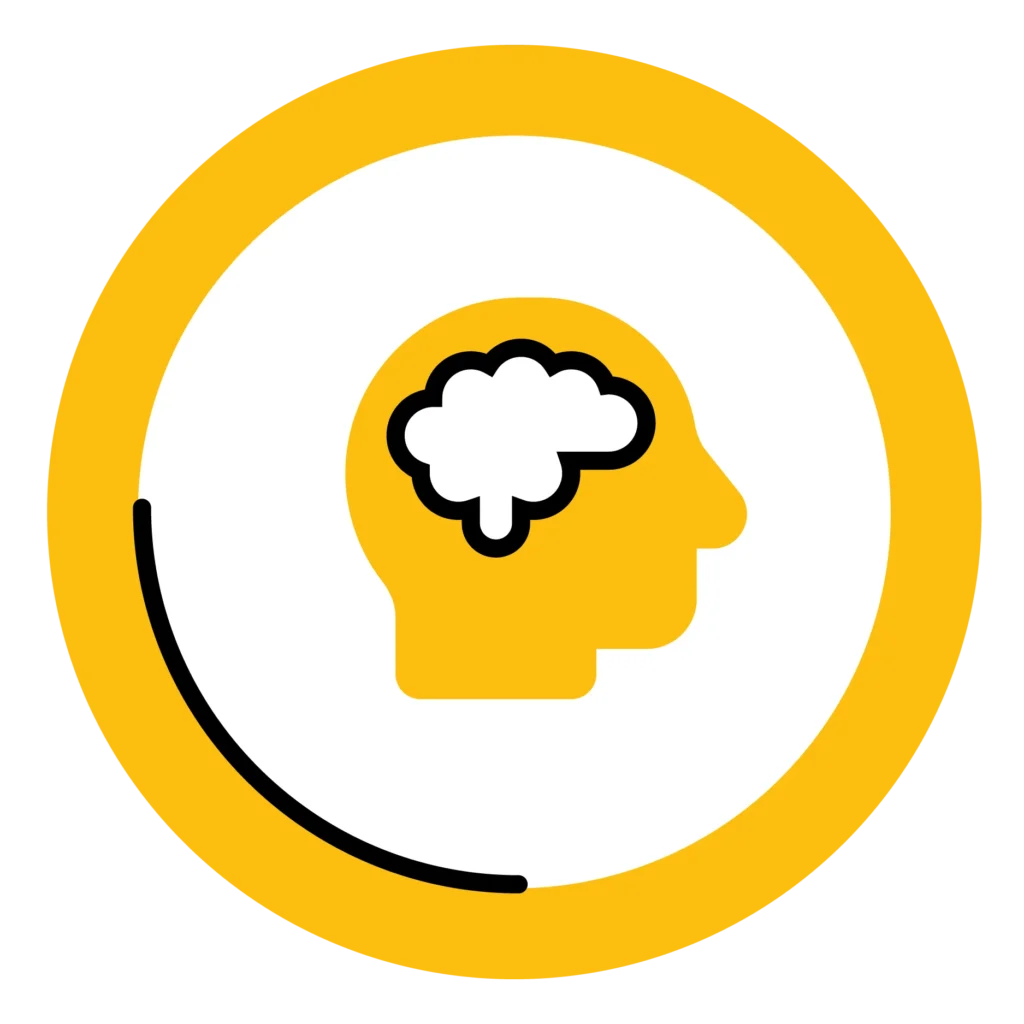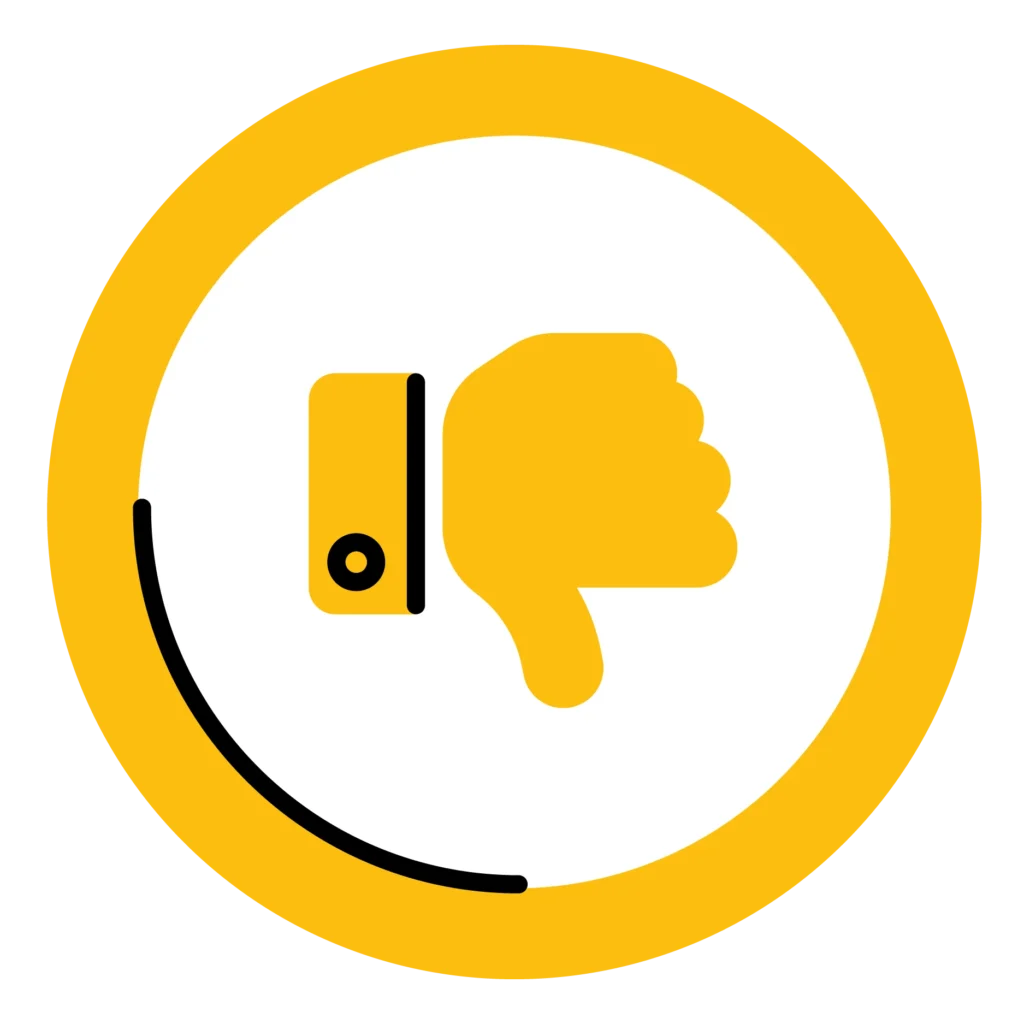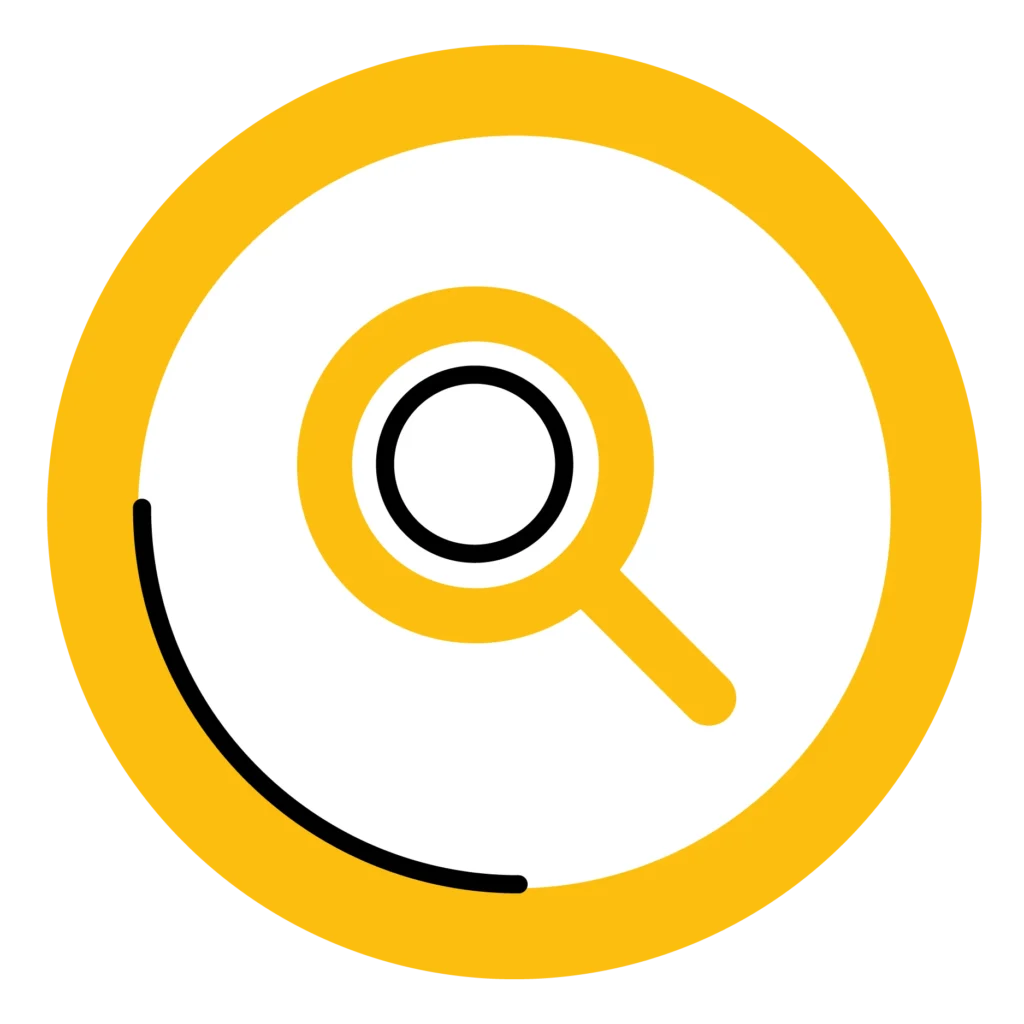
SEND & Disability Definitions
Home » Parents & Carers » SEND & Disability Definitions
What is SEND?
SEND stands for Special Educational Needs and Disabilities.
Children and Young People with SEN have learning difficulties or disabilities that make it harder for them to learn than most children and young people of the same age. These children and young people may need extra or different help from that given to others.
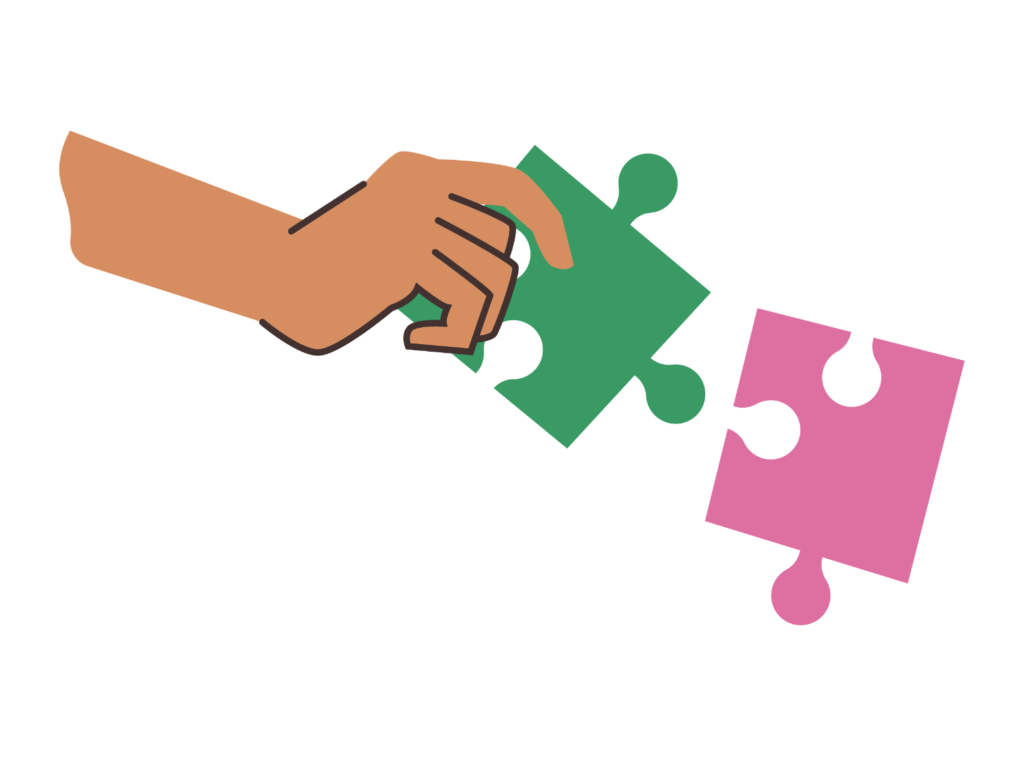
What is a Disability?
Many children and young people who have SEN may also have a disability. A disability is described in law (the Equality Act 2010) as ‘a physical or mental impairment which has a long-term (a year or more) and substantial adverse effect on their ability to carry out normal day-to-day activities.’ This includes, for example, sensory impairments such as those that affect sight and hearing, and long-term health conditions such as asthma, diabetes or epilepsy.
The Equality Act requires that early years providers, schools, colleges, other educational settings and local authorities:
- Must not directly or indirectly discriminate against, harass or victimise disabled children and young people.
- Must make reasonable adjustments, including the provision of auxiliary aid services (for example, tactile signage or induction loops), so that disabled children and young people are not disadvantaged compared with other children and young people. This duty is what is known as ‘anticipatory’ – people also need to think in advance about what disabled children and young people might need.
SEND Code of Practice
The SEND Code of Practice 2015, sets out four areas of SEN.
Children and young people with speech, language and communication needs (SLCN) have difficulty in communicating with others. This may be because they:
- Have difficulty saying what they want to
- Don’t understand what is being said to them, or
- They do not understand or use social rules of communication.
The profile for every child with SLCN is different and their needs may change over time. They may have difficulty with one, some or all of the different aspects of speech, language or social communication at different times of their lives.
Children and young people with Autism (ASD/C) are likely to have particular difficulties with social interaction. They may also experience difficulties with language, communication and imagination, which can impact on how they relate to others.
Support for learning difficulties may be required when children and young people learn at a slower pace than their peers, even with appropriate differentiation. Learning difficulties cover a wide range of needs, including;
- Moderate learning difficulties (MLD).
- Severe learning difficulties (SLD), where children are likely to need support in all areas of the curriculum and may have associated difficulties with mobility and communication.
- Profound and multiple learning difficulties (PMLD), where children are likely to have severe and complex learning difficulties as well as a physical disability or sensory impairment.
- Specific learning difficulties (SpLD), affect one or more specific aspects of learning. This includes a range of conditions such as dyslexia, dyscalculia and dyspraxia.
Children and young people may experience a wide range of social and emotional difficulties which manifest themselves in many ways. These may include becoming withdrawn or isolated, as well as displaying challenging, disruptive or disturbing behaviour. These behaviours may reflect underlying mental health difficulties such as anxiety or depression, self-harming, substance misuse, eating disorders or physical symptoms that are medically unexplained.
Other children and young people may have disorders such as attention deficit disorder, attention deficit hyperactive disorder or attachment disorder.
Schools and colleges should have clear processes to support children and young people, including how they will manage the effect of any disruptive behaviour so it does not adversely affect other pupils.
Some children and young people require special educational provision because they have a disability which prevents or hinders them from making use of the educational facilities generally provided. These difficulties can be age related and may fluctuate over time. Many children and young people with a vision impairment (VI), a hearing impairment (HI) or a multi-sensory impairment (MSI) will require specialist support and/or equipment to access their learning, or habilitation support. Children and young people with an MSI have a combination of vision and hearing difficulties.
Information on how to provide services for deafblind children and young people is available through the Social Care for Deafblind Children and Adults guidance published by the Department of Health.
Some children and young people with a physical disability (PD) require additional ongoing support and equipment to access all the opportunities available to their peers.

